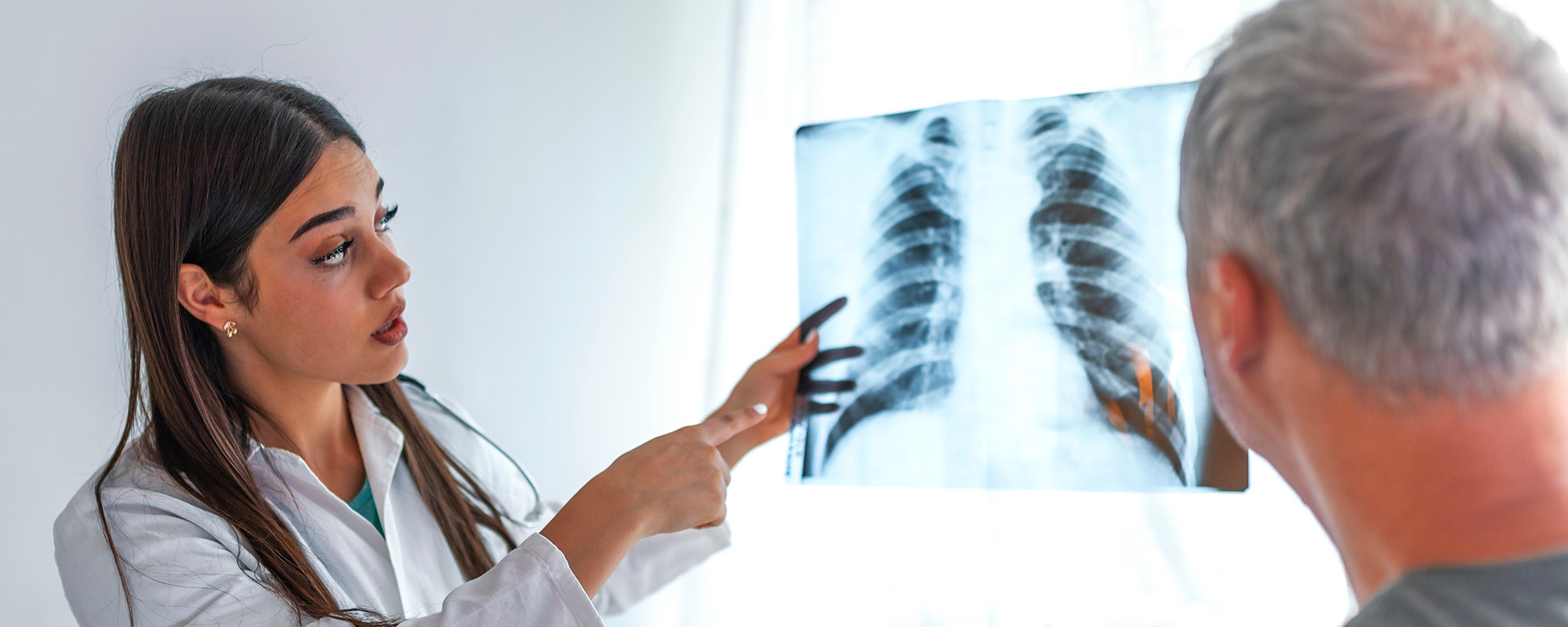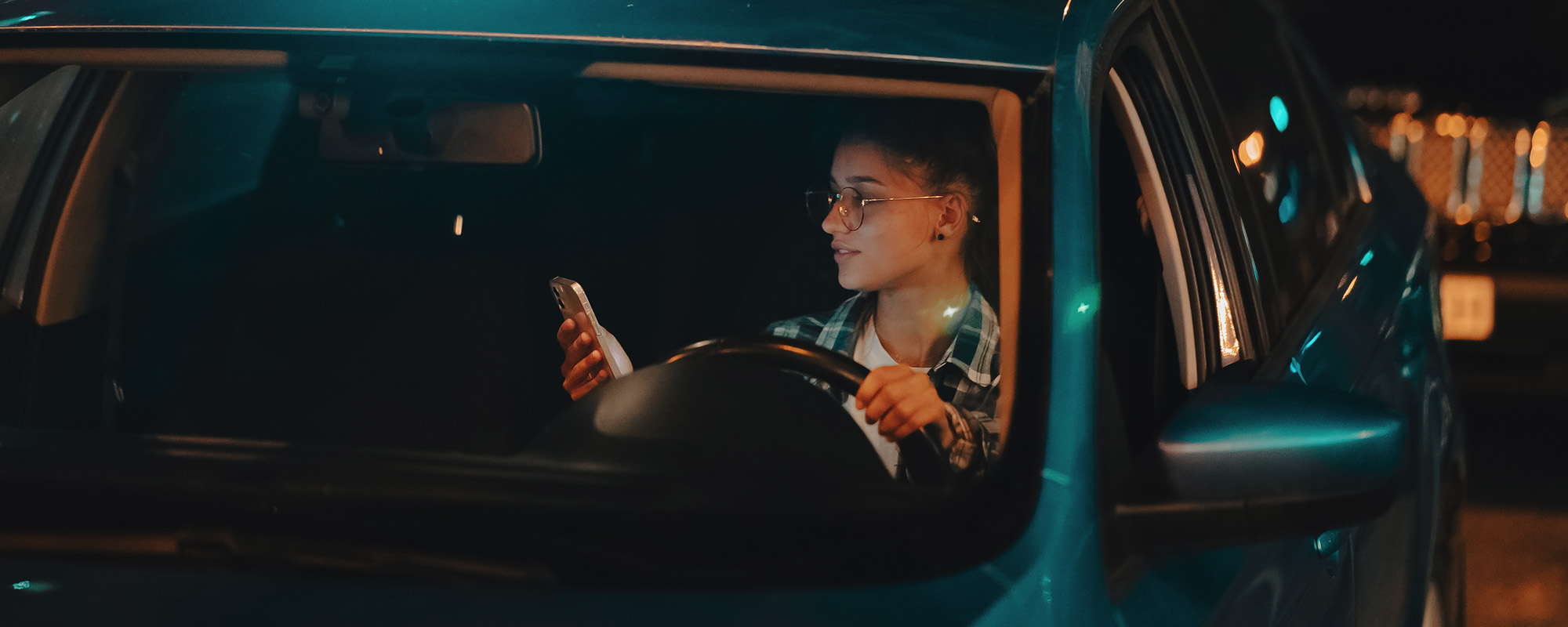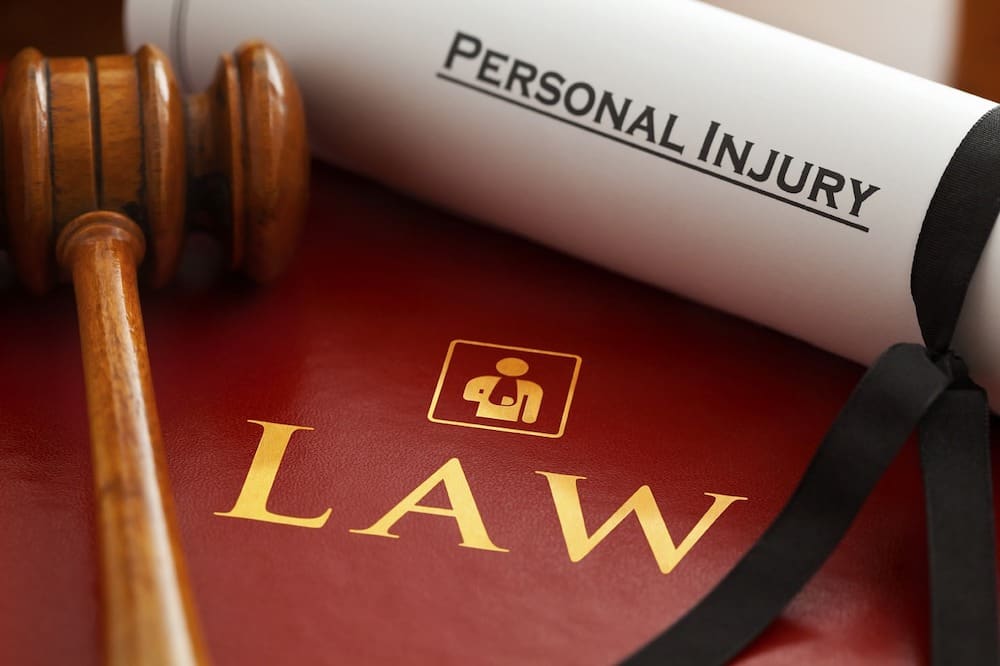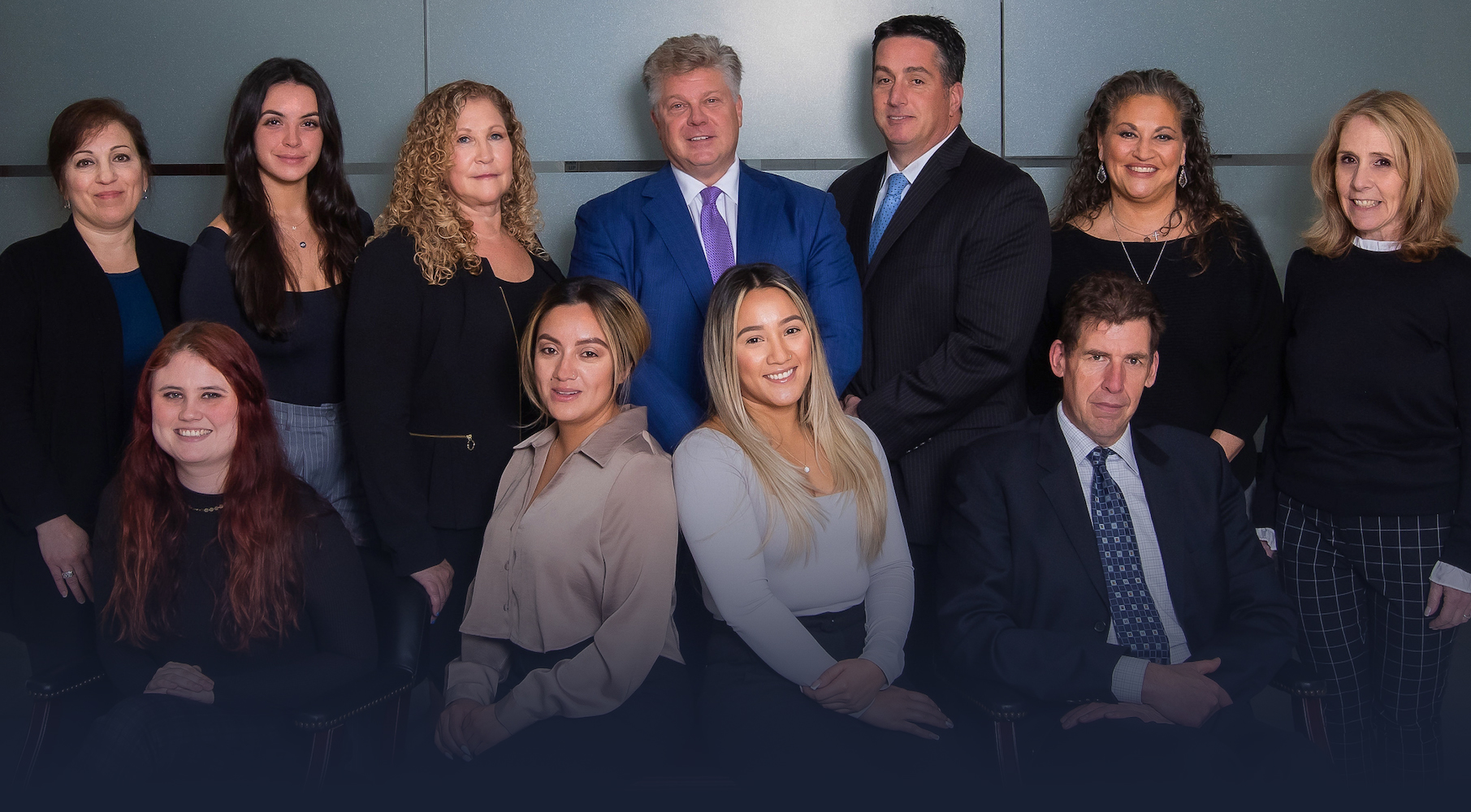

Distracted driving has made many headlines in recent years, as the increased use of handheld cellphones and smartphones has drawn drivers’ attention away from the road in dangerous and even deadly ways. Although many states, including New York, have implemented laws to cut down on distracted driving, distractions can still catch a driver’s attention at any time — and result in a serious crash. Drivers in New York have a duty to use reasonable care behind the wheel to reduce the risk of accidents. Drivers should follow traffic laws and pay attention to the behavior of traffic around them, so they can operate their vehicles without colliding with other cars, motorcycles, bicycles, pedestrians, or stationary objects in or near the road. When a driver allows distraction to erode this use of reasonable care, serious harm can result. If you’ve been injured by a driver who wasn’t paying proper attention to the road, the distracted driving accident attorneys at Zlotolow & Associates, P.C., can help. We focus on building a strong case for the full and fair compensation you deserve, aggressively negotiating with insurance companies so you don’t have to. When you contact us for a free and confidential consultation, we’ll discuss the details of your case and outline your legal options.
The National Highway Traffic Safety Administration (NHTSA) defines distracted driving as one specific type of “driver inattention” that can lead to an accident. In an April 2016 research note, the NHTSA states, “Distraction occurs when drivers divert their attention from the driving task to focus on some other activity.”
Broadly speaking, a distraction is anything that takes your eyes off the road, your hands off the wheel, or your brain off the task of driving. Here are some of the most common causes of distracted driving accidents:
The NHTSA estimates that 660,000 drivers nationwide are on their cellphones at any given time during the day. A September 2016 research note revealed that although the use of handheld cellphones to make phone calls behind the wheel is decreasing, the use of handheld devices for other purposes — such as texting, searching the Internet, using GPS, or managing music — is steadily increasing. Handheld device use is one of the most dangerous forms of distracted driving because it distracts all three of your main driving tools —your mind, eyes, and hands — at the same time.
Turning up the heat, turning down the air conditioning, rolling down a window, tightening your seat belt, moving a mirror, changing the radio station: All of these activities seem like part of a typical drive, but all of them can result in a serious accident if the driver allows them to become a significant distraction. When other people are inside the vehicle as well, the risk of distraction may increase.
Eating behind the wheel has been a common road trip activity ever since the first drive-through window opened — but it has never been a distraction-free activity. Every year, hundreds of accidents are caused by drivers who are paying more attention to their food or drink than they are to the road ahead. Drop something on the floor, and things can get even more dangerous.
Seeing an animal alongside the roadway, looking at a billboard or other display, taking in the scenery, or watching any other event or object outside the vehicle can cause a serious accident. Although it is often difficult for drivers to avoid seeing what’s around them, it is vital to make paying attention to the road the first priority.
The NHTSA also tracks one category of distracted driving that cannot be explained as easily as “I got a text” or “I dropped my sandwich.” This is the category of “looking but not seeing,” which occurs when a driver was not visibly distracted by another object or event but was simply “checked out.” In these cases, the driver’s hands may have been on the wheel and their eyes on the road, but the driver’s mind was not on the task of driving. All three of these crucial factors must be engaged to ensure drivers can operate their vehicles safely.
If you’ve been hit by a distracted driver, here are some steps you can take to help yourself and others and to protect claims for compensation that you may have:
At the scene of an accident, try to remain calm. Check on others involved in the crash and call 911 if anyone appears to be injured. Then, gather information. Take photos, make a diagram, and write down what you remember about the crash. (It is valuable to make notes about what you remember, even if you do so hours or days later.) Gather contact information from any witnesses, as well as any police officers who respond to the scene.
Depending on the severity of the accident and how long ago it occurred, you may not be able to perform some or all of these steps. Talk to your lawyer about which steps you missed, so your attorney can make sure to gather information as needed.
Include your notes about the accident in your injury journal. Write down the date, time, and location. Drawing a diagram can help you show visually where the vehicles were and how fast they were moving at the moment of the crash. Photographs of your damaged vehicle, the scene, and injuries provide valuable information as well.
In addition to information about the accident itself, add information about your injuries. What did you feel at the crash site? Did any of your symptoms appear later, change, or get worse? When and where did you first get medical treatment, and what did they recommend?
Use your injury journal to keep track of future appointments as well: write down what your doctors recommended and what you told them about your symptoms and condition. Finally, make daily notes about your symptoms, as well as about how you are feeling as you work to recover.
Your attorney can be your strongest ally when it comes to negotiating with insurance companies, navigating the claims process, or holding a negligent driver accountable for the harm he or she has caused. It is important to work with a distracted driving accident lawyer who has successfully helped other injured individuals secure favorable results in similar accidents. Don’t be afraid to ask about a lawyer’s experience: Those who have won cases similar to yours will be happy to discuss their results and what they predict you should expect in your specific case.
No matter how badly you’ve been injured in a distracted driving accident, the experienced auto accident attorneys at Zlotolow & Associates are here to help. For more than two decades, we have worked to help our clients recover after physical injuries and financial losses. We take an aggressive approach to fight for your legal rights and pursue the full and fair compensation you deserve. Contact us today.




© 2024 Zlotolow & Associates. All rights reserved.